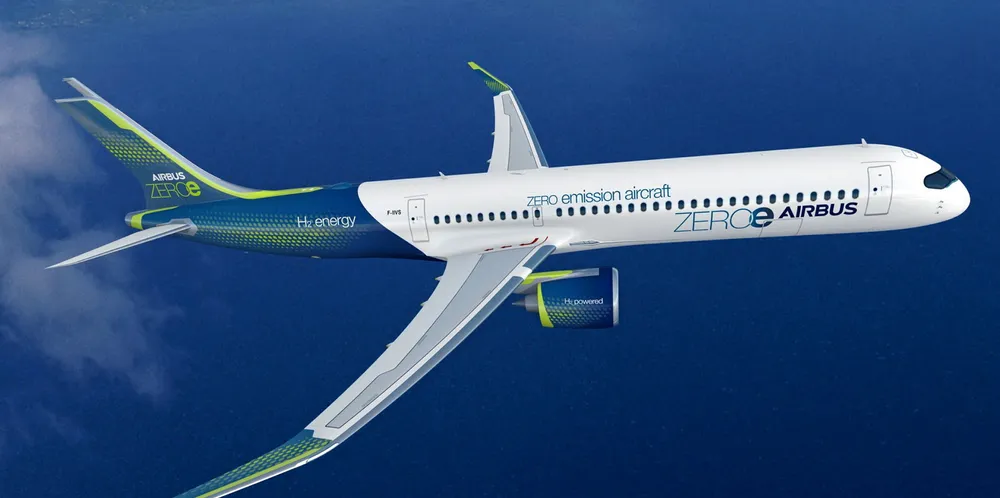A third of all flights could run on liquid green hydrogen by 2050, says international body
Renewable H2 would be a cheaper aviation fuel than blue hydrogen or e-kerosene for trips of up to 3,400km, according to new study by US non-profit ICCT

Renewable H2 would be a cheaper aviation fuel than blue hydrogen or e-kerosene for trips of up to 3,400km, according to new study by US non-profit ICCT
